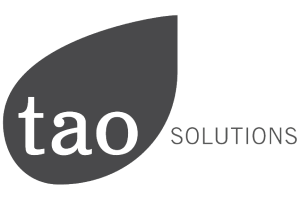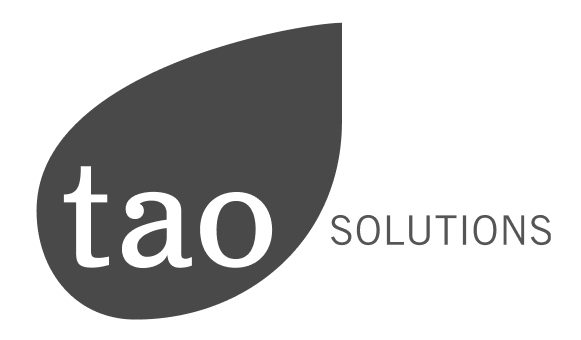Summary of Key Changes – EU Securitisation Regulation Reforms (June–July 2025)
Summary of Key Changes – EU Securitisation Regulation Reforms (June–July 2025)
Overview
The European Commission (EC) has published significant proposals to amend the EU Securitisation Regulation (EU SR) and related prudential rules (EU CRR and LCR), with direct impact on all market participants. These reforms aim to simplify the regulatory framework, increase market participation, and align disclosure and due diligence obligations across jurisdictions. The practical effect is a new compliance landscape, with new opportunities and operational demands.
Main Changes Proposed
1. Transparency & Reporting (Article 7)
- Broader definition of “public” securitisation:
Now includes all deals listed on any EU trading venue or broadly marketed on a “take it or leave it” basis, not just those with a prospectus. More deals will fall under the stricter “public” regime, even if technically private, unless listed or marketed outside the EU. - Repository reporting for all deals:
All “private” and “public” EU securitisations must report to an EU-registered repository, but private deals will have a simplified, supervisor-focused template (expected to be much lighter). For non-EU (third country) deals, the requirement to use an EU repository is open to interpretation, but likely not mandatory. - Simplified and aggregated reporting:
Expect a 35%+ reduction in reporting fields for “public” deals; aggregated data allowed for short-term/granular assets (e.g. cards); only a basic template for “private” deals. Technical standards are yet to be finalized, meaning operational impacts are not fully known.
2. Investor Due Diligence (Article 5)
- Lighter touch for EU ABS: Investors in EU deals will no longer need to verify sell-side compliance with retention, transparency, and STS rules before investing.
- Strict requirements for third-country ABS: Investors in non-EU deals still need to ensure full compliance with EU reporting and risk retention, but may be exempt from repository use depending on final interpretation of the law.
- Proportionate approach for “repeat” and senior deals: Principles-based, lighter due diligence for repeat/senior positions; full exemption for certain public-guaranteed positions.
- No more delegation of diligence: Investors cannot delegate due diligence (and liability) to other institutional investors.
- New sanctions: Severe financial penalties for due diligence breaches (up to 10% of annual turnover) now explicit, in addition to existing capital charges.
3. Prudential (CRR, LCR, SRT)
- No prudential benefit for EU banks in third country deals: Lower risk weights, p-factors, and LCR benefits do not extend to EU banks investing in non-EU (including Australian) securitisations.
- New “Resilience” label: Resilience status gives further prudential benefits on top of STS, but with additional requirements (thicker tranches, performance triggers, concentration limits). Most benefit is for SRT/mortgage and senior positions.
- On-balance sheet STS with unfunded credit protection: Now (re)insurers can provide credit protection, but only if they are large, highly rated Solvency II EU firms—likely too restrictive for global diversification.
- LCR: expanded eligibility, better haircuts: Senior positions in large, highly-rated “Resilient” deals see improved HQLA treatment and haircuts as low as 15%, but this is limited to EU deals.
4. Timeline
- Legislative process (trilogue, technical standards, implementation) stretches through 2026–2028.
- Much detail is pending future technical standards and consultation, especially around reporting templates and transitional/grandfathering rules.
Need to Address Operational Administrative Requirements
The changes proposed will undoubtedly require market participants the review operational administrative processes. This includes:
- RegTech/Reporting Automation: Supporting Template redesign and transition support
- Cross-Jurisdictional Compliance Platforms: Jurisdiction-aware compliance, particularly in reporting, due diligence, and repository requirements.
- Due Diligence & Audit Trail Management: Proportionate, principles-based due diligence tools and maintains robust audit trails.
- Data Repository and Accessibility: Repository connectivity and data transformation. Workflow for seamless repository reporting and multi-format data transformation.
- Transaction Structuring/Advisory Analytics: Deal structuring for regulatory optimization.
- Legacy Transaction Migration: Transition/grandfathering management.
For more information on how TAO Solutions can assist with these changes, Contact Us now.
#EU #ABS #RegTech #RMBS #TAOSolutions #treasurymanagement #regulatoryreporting











